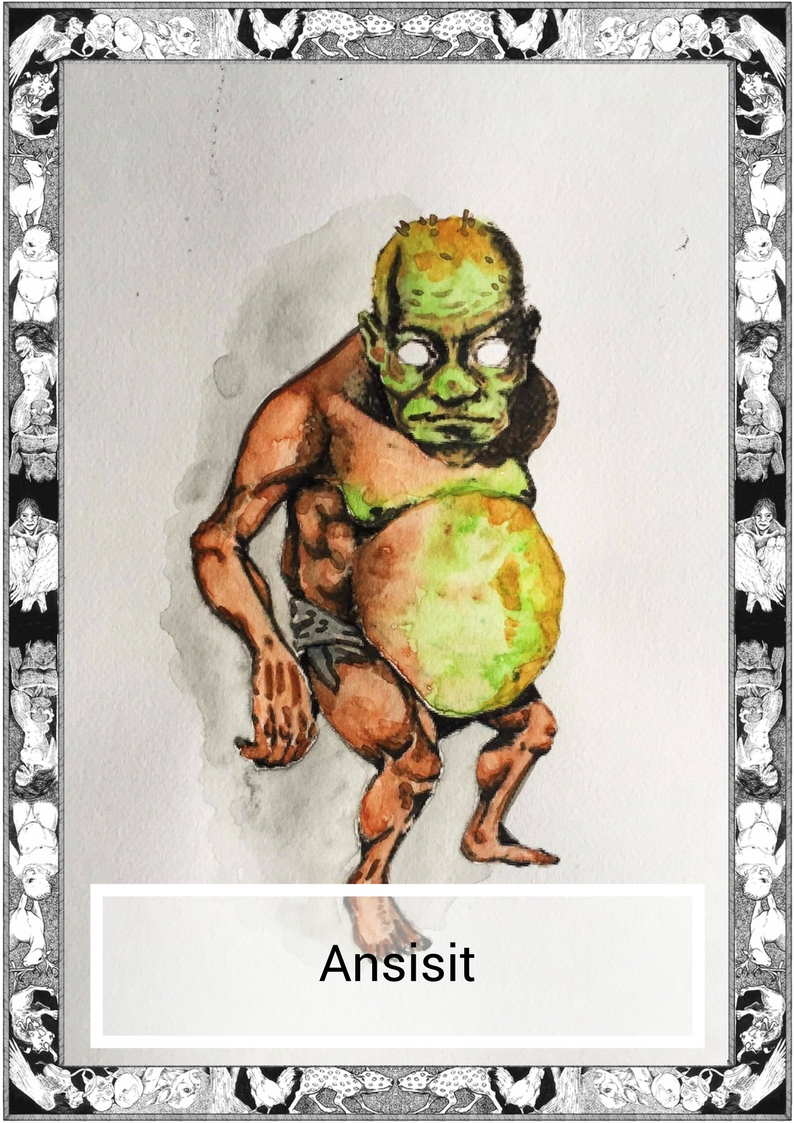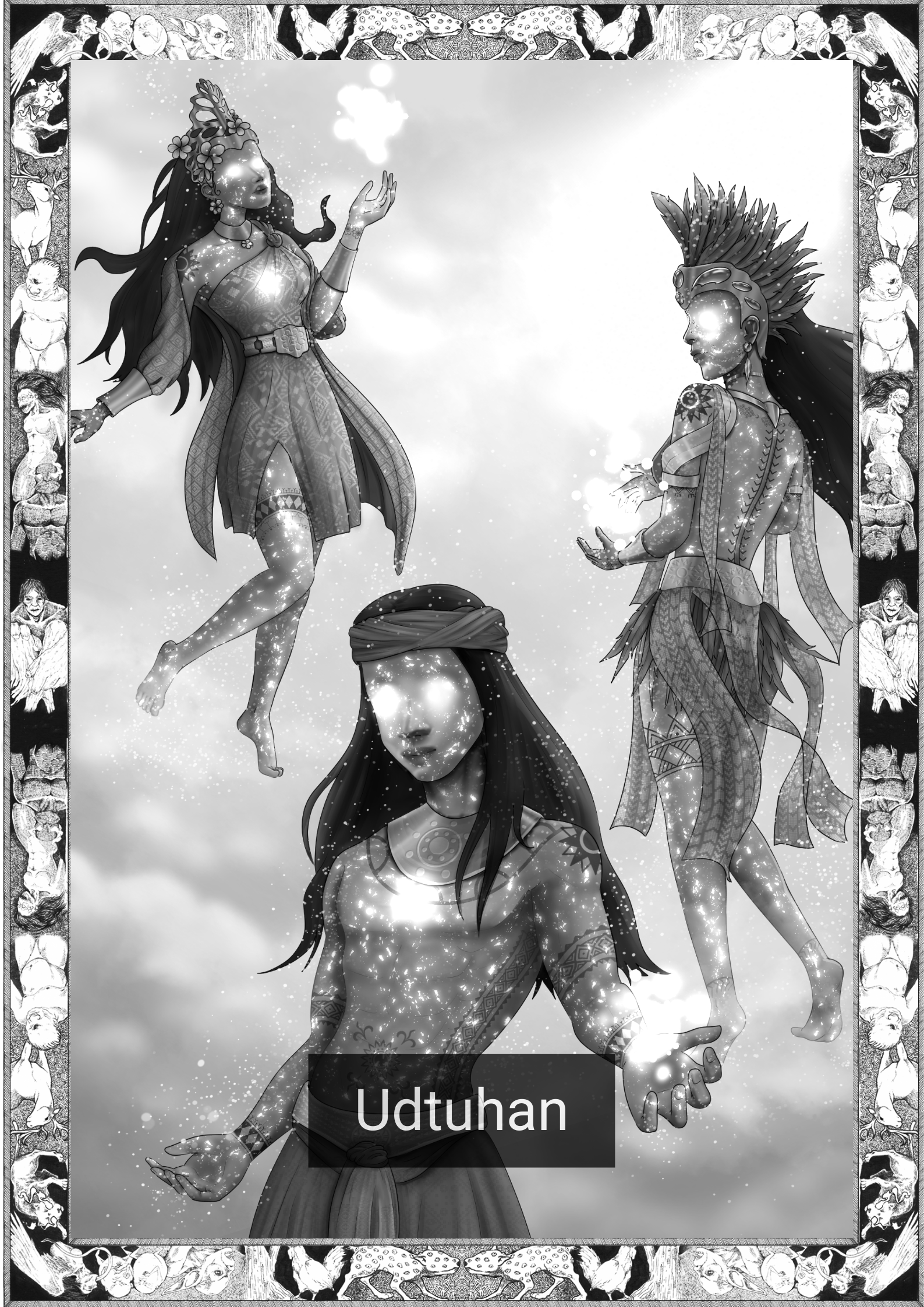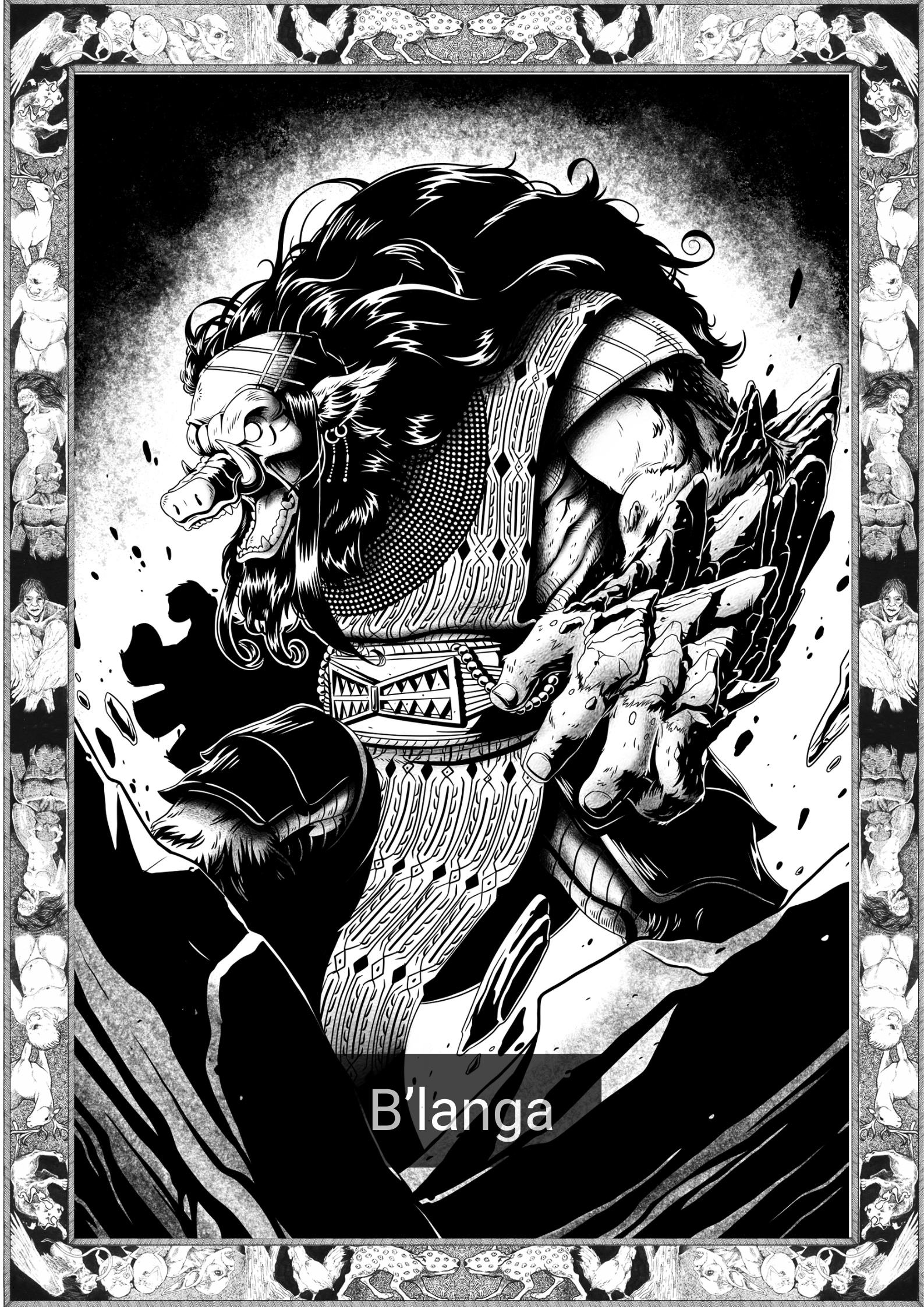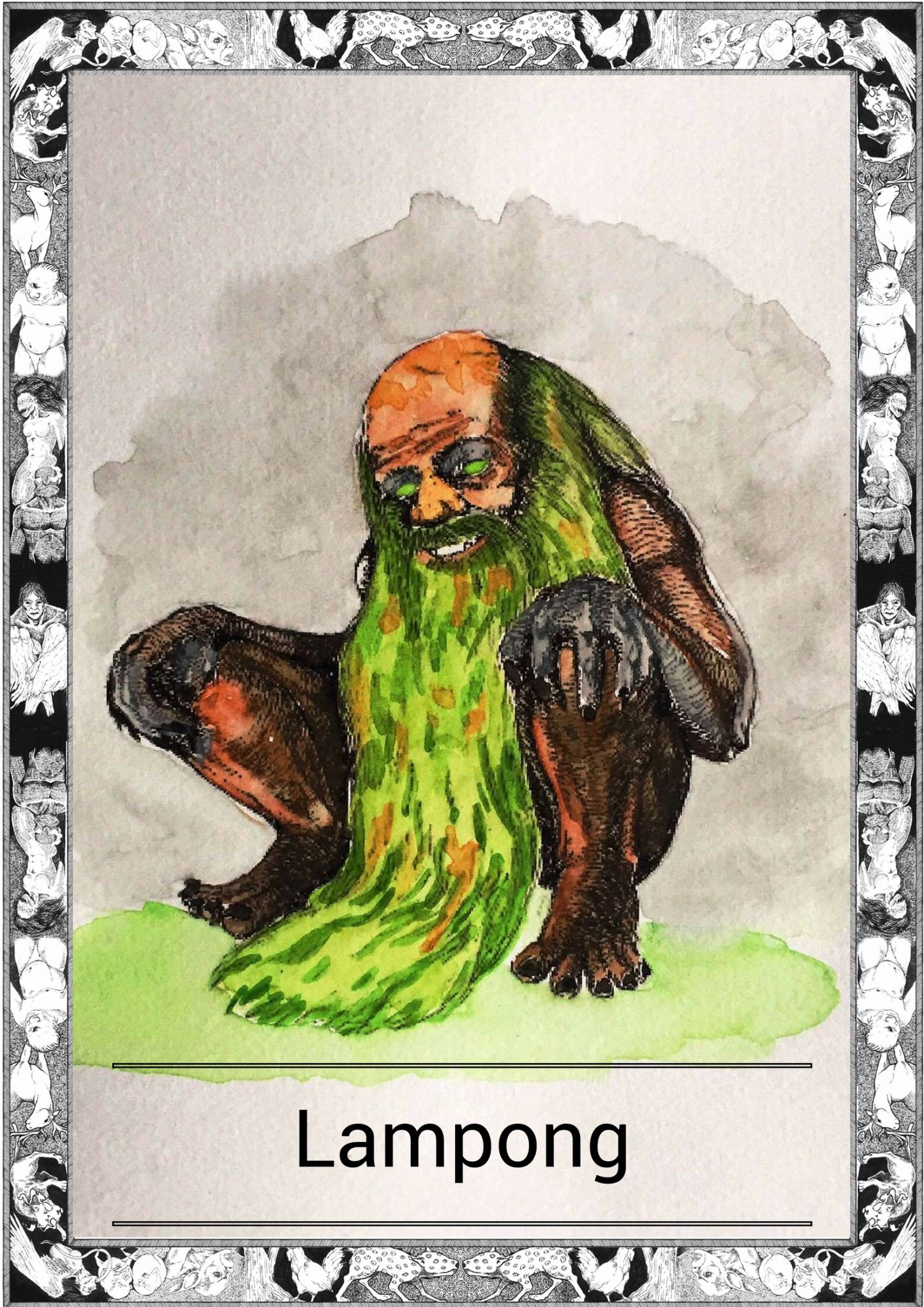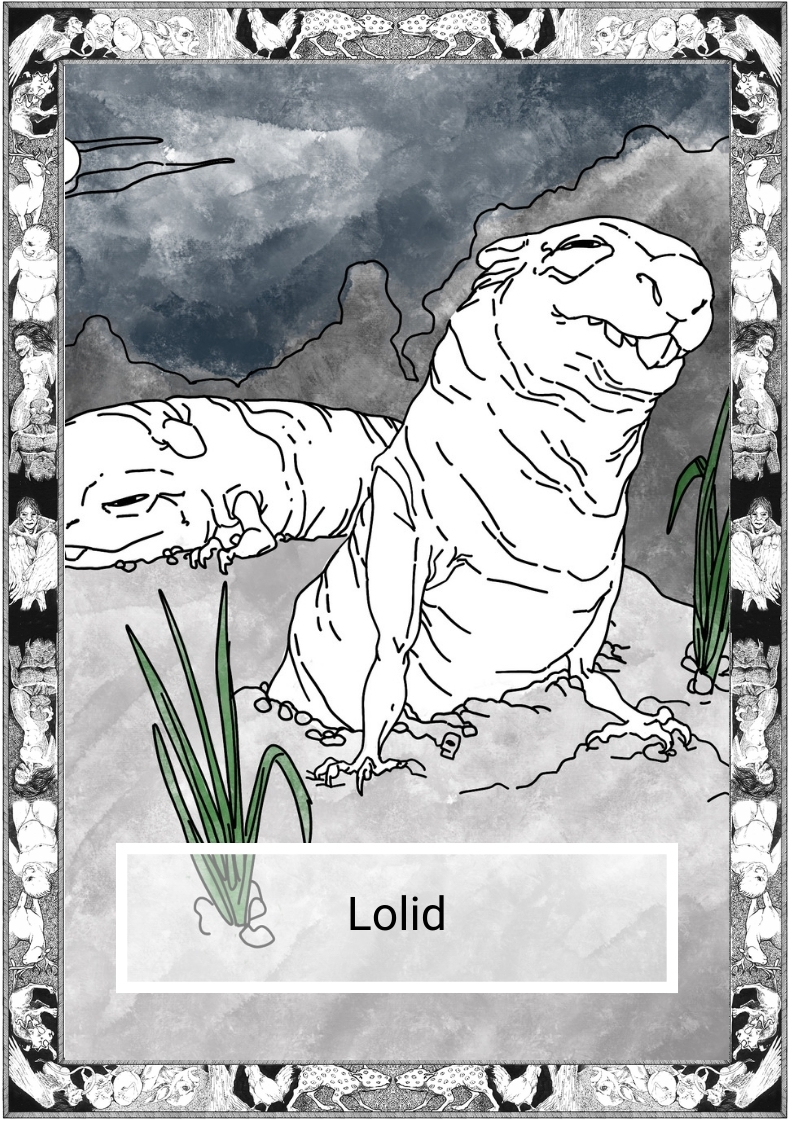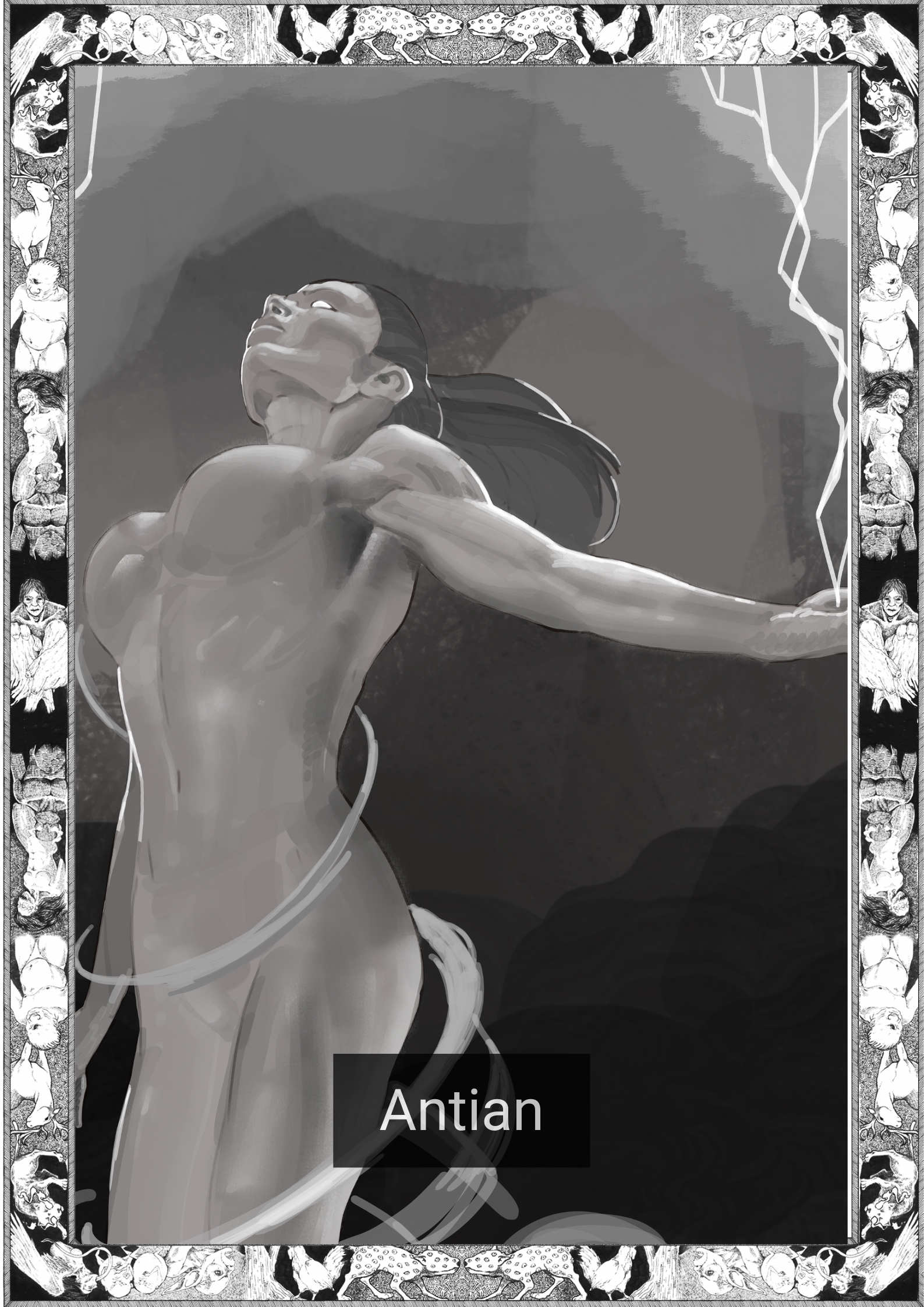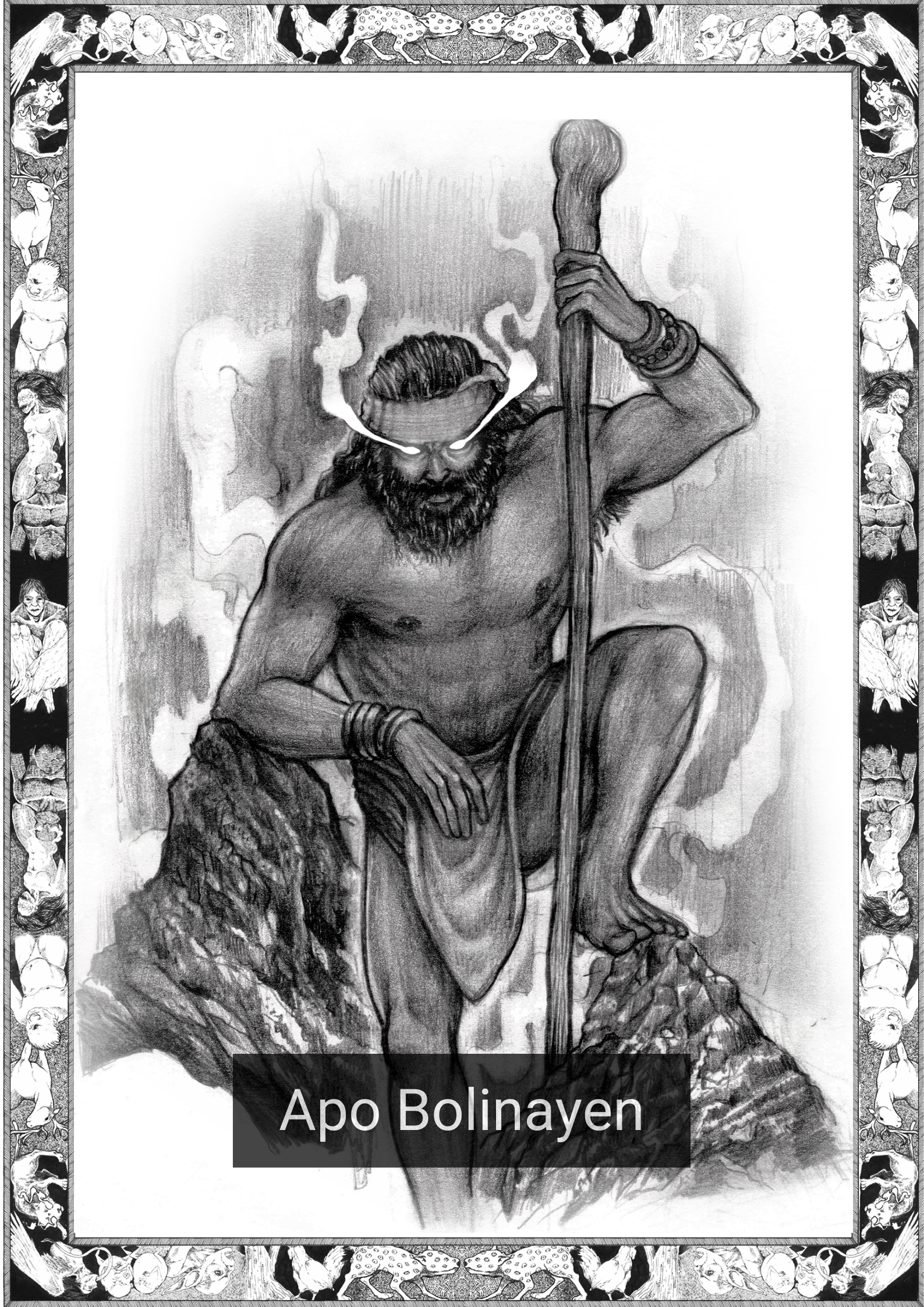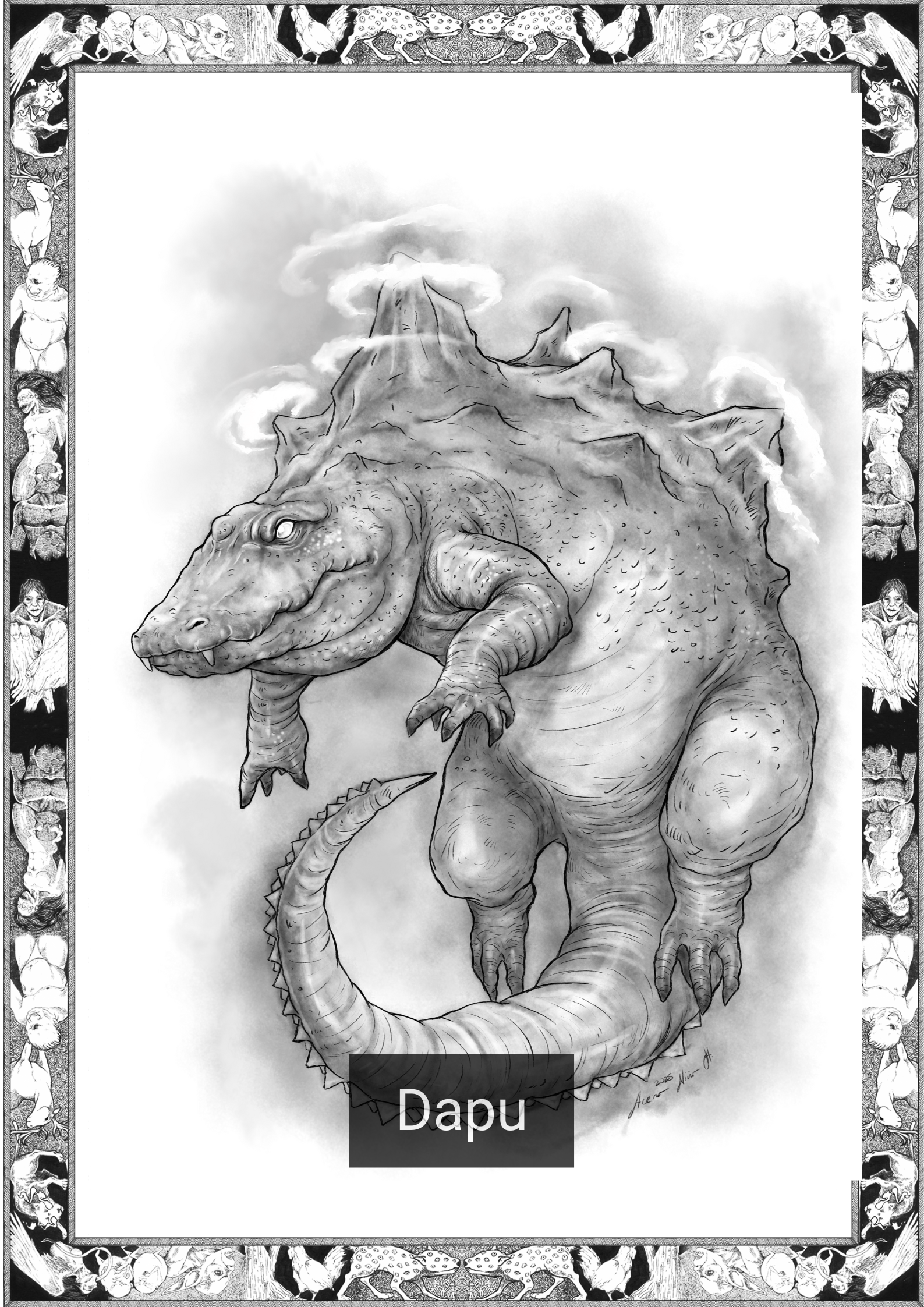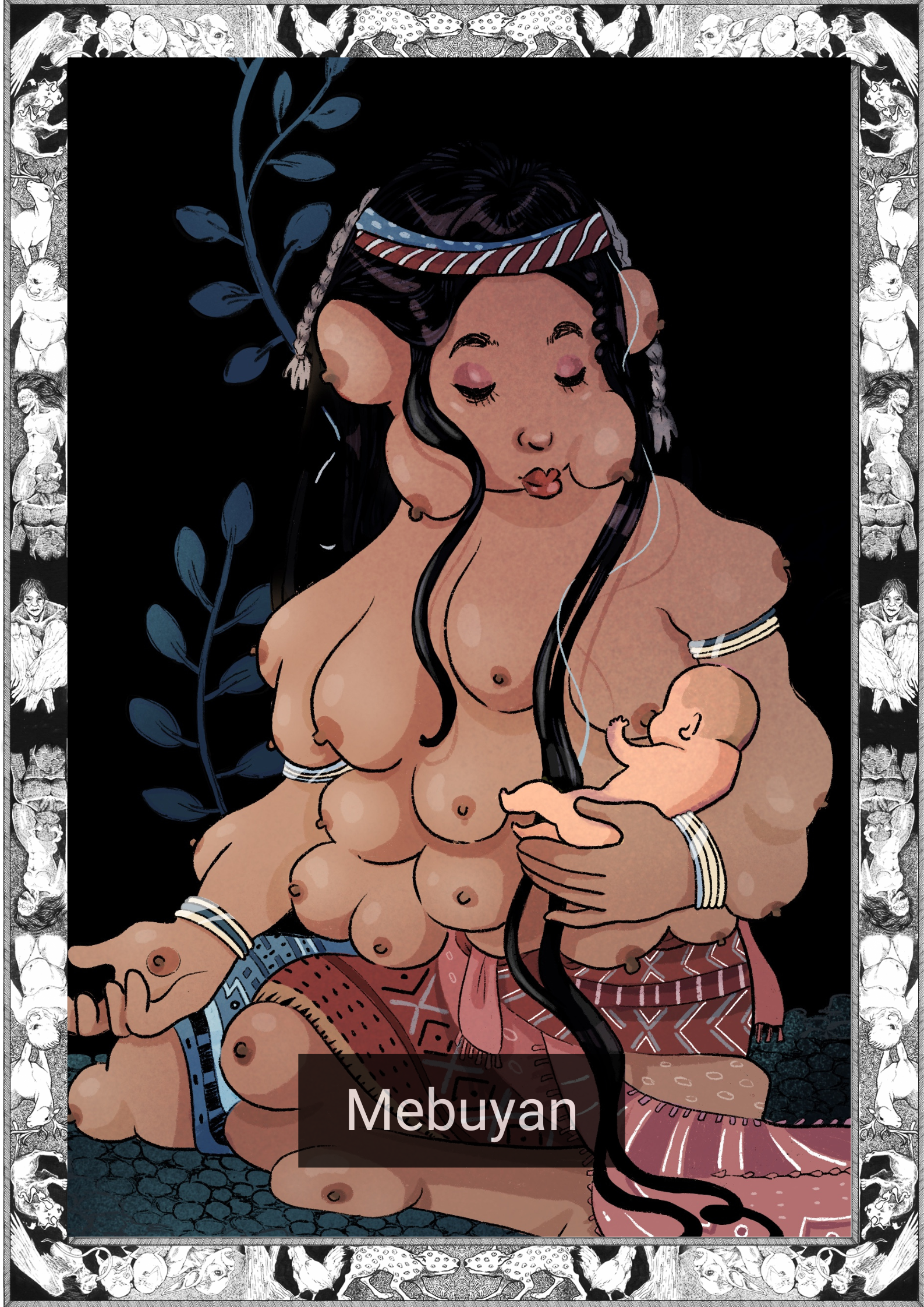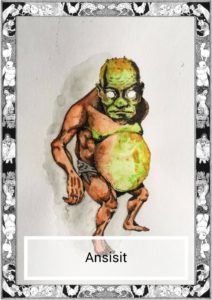
*Note this story is in Bicol Naga
“Kayu-kayu, madayu kayu.”
“Ngonyan otruhon mong sabihon iyan sunod sako.”
“Kayu-kayu, madayu kayu.”
“Marahay. Ngonian tandaan mo, kaipuhan mong pirming sabihon iyan sa kada pag-agi mo sa lugar na ini.”
“Dai man po kita pwedeng mag-sighid digdi, bako daw po mama?”
“Iyo, marahay na natatandaan mo. Igwa akong sarong aking lalaking matali!”
“Alagad taano ta kaipuhan tang sunudon an mga patakaran na ini mama? Sa paghona ko, satuya inng harong?”
“Iyo, satuyang lugar ini na yaon gabos an satong mga gamit, alagad saen nakabugtak sa harong?”
“….an daga?”
“Tama! Alagad an daga asin an bilog na kinaban, bako iyan sadiri ta.”
“Alagad an sa paghona ko na ini an satuyng daga? Bako daw na ini an satuyang oma? Asin bako daw na digdi ako nagkakawat?”
“Iyo, iyo, binakal mi an dagang ini, asin igwa kami kan gabos na papeles tanganing patunayan iyan, alagad nagigin komplikado ini. Hilinga an daga pagsasadiri nin ibang… mga tawo, haloy pa bago kita nagdigdi, bago pa man an siisay pa man na tawo nagpoon nin sarong banwaan sa lugar na ini.”
“Alagad dai ta pwedeng bakalon sana ini sa mga tawong iyan?”
“Igwa sana nin nagkapirang bagay na dai mo mabakal nin kwarta. An lugar na ini iyo an saindang harong asin pirmi nang iyo, haloy na pagkatapos na ika asin ako mawara. Kaipuhan tang makanuod na mamuhay kaiba ninda.”
“Paano kun habo ko? Garo sinda mararaot na tawo. Kun dai ta sasabihon an mga bagay na ini asin kun maglinig sana kita sa palibot kan satong harong kita magkahelang. Paano iyan makatanosan?”
“Paano makatanosan na kaipuhan nindang ihiras an saindang harong sa sato?”
“…”
“Bako ining ideyal na sitwasyon para sa arin man sato, alagad kaipuhan tang makanuod na magin maboot sa lambang saro. Kun mabuot kita sa sainda, mabuot man sinda sa sato. Ngonian ano an sasabihon ta?
“Kayu-kayu, madayu kayu.”
“Marahay na aki.”
=———————–=
English Version
“Kayu-kayu, madayu kayu.”
“Now say it with me.”
“Kayu-kayu, madayu kayu.”
“Good. Now remember, we always have to say that whenever we pass this place.”
“We also can’t sweep here right mama?”
“Yes, it’s good you remembered. I have such a smart boy!”
“But why do we have to follow these rules mama? I thought this was our house?”
“It is, it’s our place with all our things, but what is the house on?”
“….the ground?”
“Good job! Now the ground and all the earth, doesn’t belong to us.”
“But I thought this was our land? Isn’t this our farm? And isn’t this where I play?”
“Yes, yes, we bought this land, and we have all the papers to prove it, but then it gets complicated. See the land belonged to some other… people, long before we came here, before any humans started a town in this area.”
“But can’t we just buy it from those people?”
“There are just some things you can’t buy with money. This place is their home and always will be, long after you and I are gone. We have to learn to live with them.”
“What if I don’t want to? They seem mean. If we don’t say these things and if we just clean around our house we get sick. How is that fair?”
“How is it fair that they have to share their home with us?”
“…”
“It isn’t an ideal situation for either of us, but we have to learn to be kind to one another. If we are kind to them, they will be kind to us. Now what do we say?”
“Kayu-kayu, madayu kayu.”
“Good boy.”
=——————————=
*Central Bicol, commonly called Bicol Naga, is the most-spoken language in the Bicol Region of southern Luzon, Philippines. It is spoken in the northern and western part of Camarines Sur, second congressional district of Camarines Norte, eastern part of Albay, northeastern part of Sorsogon, San Pascual town in Masbate, and southwestern part of Catanduanes. Central Bicol speakers can be found in all provinces of Bicol and it is a majority language in Camarines Sur.
Written by Karl Gaverza
Bicol Translation by Dominador N. Marcaida Jr.
Copyright © Karl Gaverza
Translation Copyright © Dominador N. Marcaida Jr.
Story inspired by Ansisit description in 101 Kagila-gilalas na Nilalang. Samar. 2015
Ansisit Illustration by Leandro Geniston from Aklat ng mga Anito
FB: That Guy With A Pen
